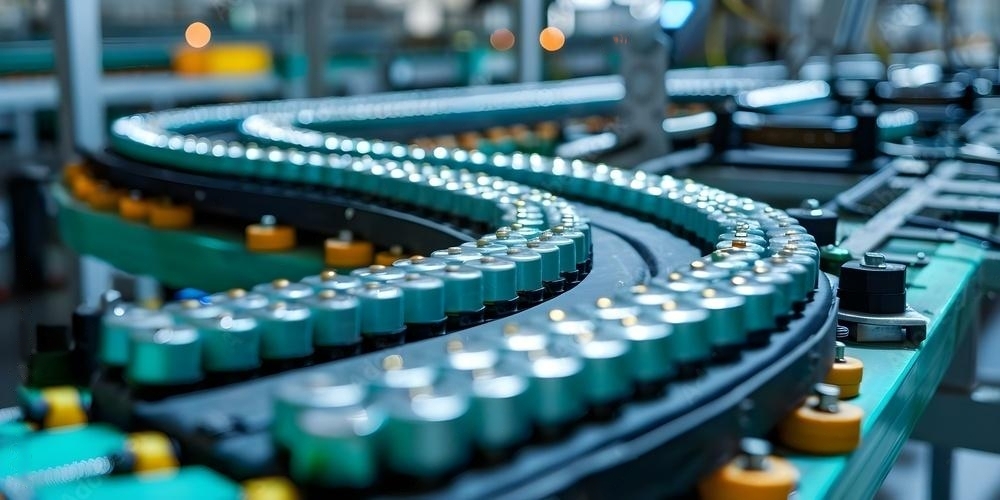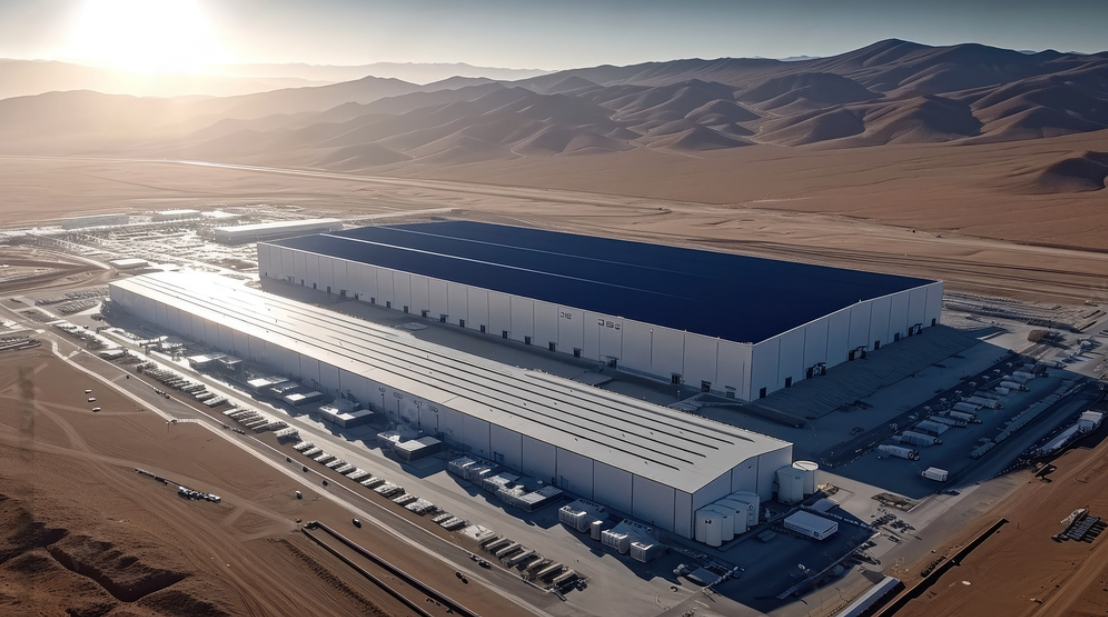This website uses cookies so that we can provide you with the best user experience possible. Cookie information is stored in your browser and performs functions such as recognising you when you return to our website and helping our team to understand which sections of the website you find most interesting and useful.
Steel remains a fundamental component of modern construction, playing a crucial role in buildings, bridges and infrastructure. Key materials such as H-beam steel and steel rebar provide essential strength and reinforcement for dozens of types of projects. But with a newly imposed 10% tariff on Chinese steel imports, contractors and developers will likely experience some price increases.
In 2024, China’s steel exports climbed to 110.72 million metric tons, reflecting a 22.7% rise from the prior year. This surge largely stemmed from declining domestic demand, which prompted Chinese manufacturers to offload surplus steel into global markets. As a result, international steelmakers faced mounting pressure to lower their prices in order to compete.
Much of China’s exported steel comprises construction-focused materials, including H-beam steel and steel rebar. With the enforcement of the 10% tariff on Chinese steel and the possibility of an even steeper 25% tariff on all steel imports, procuring these materials from China is becoming less financially viable.
As the price of imported steel and aluminium rises due to the Trump tariffs, the construction industry is bracing for potential financial strain. Many firms argue that higher costs may lead to project delays, scaled-down developments or increased expenses that will ultimately be passed on to end-users.
Small business owners across the construction sector, who are already grappling with tight profit margins due to persistently high interest rates, worry that these tariffs could exacerbate their financial difficulties.
Despite the immediate challenges, some industry experts argue that these tariffs could benefit the domestic steel and aluminium sectors in the long term. By making foreign materials more expensive, policymakers aim to promote domestic production, potentially fostering increased investment in U.S. manufacturing and creating new jobs in these industries.
For instance, the construction industry saw substantial price increases during the COVID-19 pandemic due to labour shortages, supply chain interruptions and increased demand. In addition to this, materials like steel and lumber saw price increases during the pandemic that were far higher than anticipated price increases under the new tariffs.
According to this historical comparison, tariffs may have a more predictable and controllable effect than the market instability that occurred during the pandemic, even though the current Trump tariffs will still raise expenses.
Industry organizations urge construction firms to be proactive in navigating these pricing fluctuations. The Sheet Metal and Air Conditioning Contractors’ National Association (SMACNA) recently advised companies to adjust contracts in anticipation of cost increases and to explore domestic sourcing options where practical.
To find out more about the latest construction industry updates and innovations, meet with solution providers and hear talks from expert speakers, attend the Innovatrix Constructing Mega Facilities: Advances in Planning, Design and Engineering Summit taking place in Houston, Texas, USA on April 9-10, 2025.
For more information, visit our website or email us at info@innovatrix.eu for the event agenda.
Source:
Share this post:
Recent Posts
May 24, 2025
May 24, 2025
May 24, 2025
Most Popular
Explore our best-read blogs and find out why your
industry trusts Innovatrix
Guide to European Battery Manufacturing Regulations
The European Union (EU) published the EU New Battery Regulation...
Continue readingWhat are the best practices for aseptic fill-finish according to...
Aseptic fill-finish is a critical process in the biopharmaceutical industry,...
Continue readingUSA Battery Gigafactory Updates for 2024
According to a report on reindustrialisation strategies in Europe and...
Continue reading





